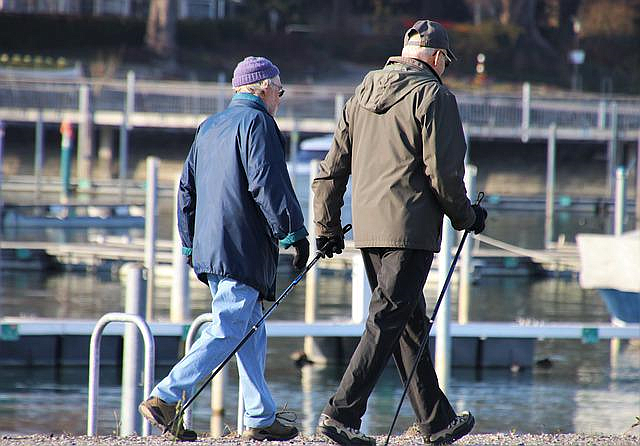Exercise for Your Bones
June 6, 2022 at 8:28 p.m.
Vital at every age for healthy bones, exercise is important for treating and preventing osteoporosis.
Like muscle, bone is living tissue that responds to exercise by becoming stronger. Young women and men who exercise regularly generally achieve greater peak bone mass than those who do not. For most people, bone mass peaks during the third decade of life. After that, we can begin to lose bone. However, exercise can help prevent bone loss. Exercise can also increase muscle strength, coordination and balance, and lead to better overall health.
The best bone building exercises
The best bone building exercises including weight-bearing and resistance exercise. Weight-bearing exercises force you to work against gravity. They include walking, hiking, jogging, climbing stairs, playing tennis and dancing. Resistance exercises, such as lifting weights, can also strengthen bones. Other exercise, such as swimming and bicycling, can help build and maintain strong muscles, offer excellent cardiovascular benefits and can be an important part of an exercise plan, but they are not the best way to strengthen your bones.
Exercise tips
If you have health conditions – such as heart trouble, high blood pressure, diabetes or obesity – or if you are age 40 or older, check with your doctor before you begin a regular exercise program.
According to the Surgeon General, the optimal goal is at least 30 minutes of physical activity on most days, preferably daily.
Listen to your body. When starting an exercise routine, you may have some muscle soreness and discomfort at the beginning, but this should not be painful or last more than 48 hours. If it does, you may be working too hard and need to ease up. Stop exercising if you have any chest pain or discomfort, and see your doctor before your next exercise session.
If you have osteoporosis, ask your doctor which activities are safe for you. If you have low bone mass, experts recommend that you protect your spine by avoiding exercises or activities that flex, bend or twist it. Furthermore, you should avoid high-impact exercise to lower the risk of breaking a bone. You also might want to consult with an exercise specialist to learn the proper progression of activity, how to stretch and strengthen muscles safely, and how to correct poor posture habits. An exercise specialist should have a degree in exercise physiology, physical education, physical therapy, or a similar specialty. Be sure to ask if he or she is familiar with the special needs of people with osteoporosis.
A complete osteoporosis program
Remember, exercise is only one part of an osteoporosis prevention or treatment program. Like a diet rich in calcium and vitamin D, exercise helps strengthen bones at any age. But proper exercise and diet may not be enough to stop bone loss caused by medical conditions, menopause, or lifestyle choices such as tobacco use and excessive alcohol consumption. It is important to speak with your doctor about your bone health. Discuss whether you might be a candidate for a bone mineral density test. If you are diagnosed with low bone mass, ask what medications might help keep your bones strong.
This information is courtesy of the National Institutes of Health with the assistance of the National Osteoporosis Foundation




